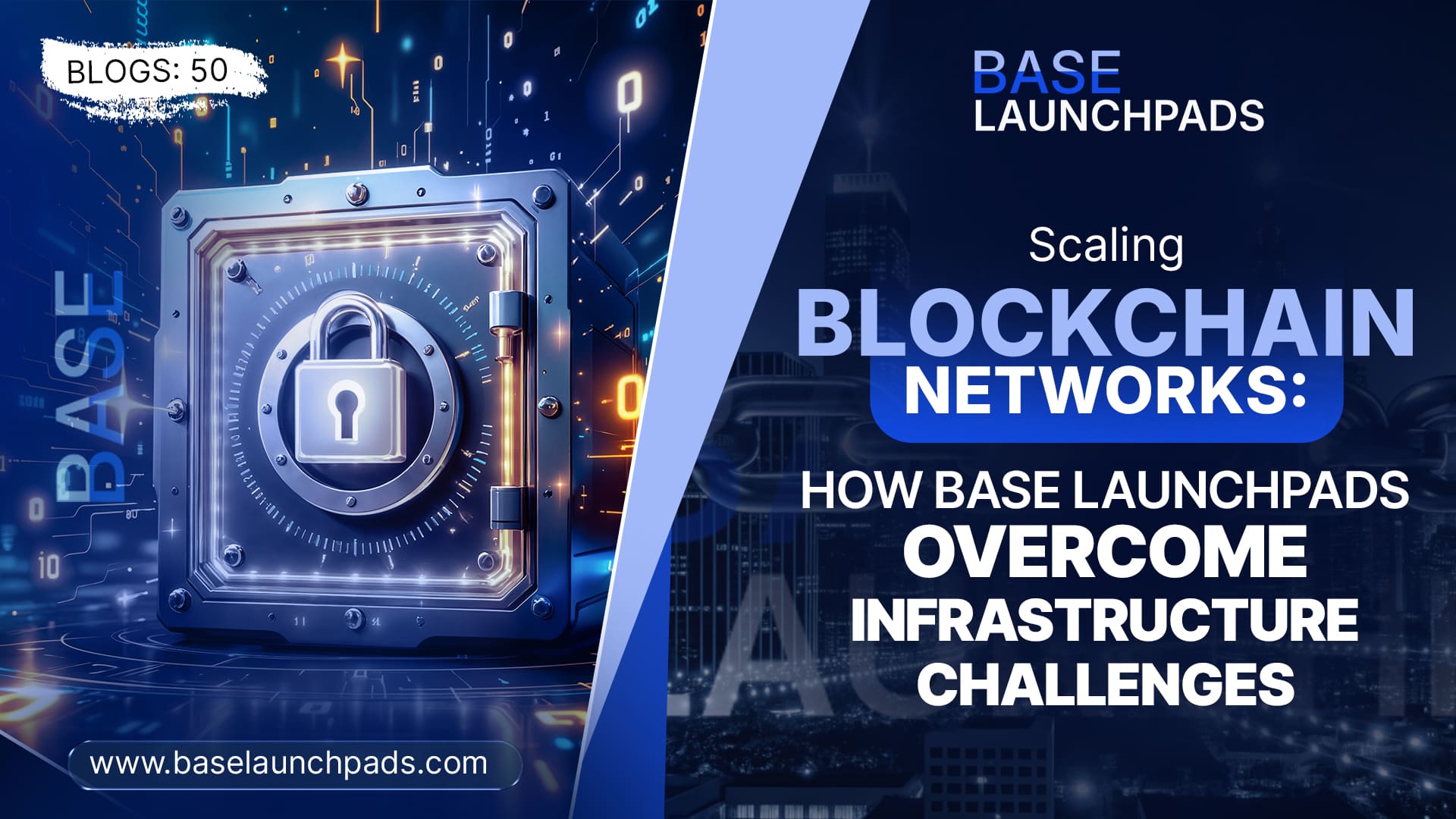May 5, 2025
Scaling Blockchain Networks: How Base Launchpads Overcome Infrastructure Challenges - test
As blockchain adoption grows, scalability becomes one of the most pressing challenges for developers and users alike. Slow transactions, high fees, and network congestion have plagued many Layer 1 chains. Base launchpads are changing that narrative by offering a streamlined, scalable environment for launching and growing Web3 projects—without compromising performance or cost.
The Scalability Problem in Blockchain
Popular networks like Ethereum are secure and decentralized, but they struggle with throughput. When demand spikes, users face high gas fees and slow transaction times—making it difficult for new projects to scale affordably.
How Base Launchpads Solve Infrastructure Challenges
- Layer 2 Efficiency: Built on Ethereum, Base inherits its security while massively reducing transaction costs and processing times.
- High Throughput: Base handles significantly more transactions per second than traditional L1 chains, making it ideal for token launches, NFT mints, and community dApps.
- Developer Tooling: With full EVM compatibility, Base allows developers to deploy and scale projects without learning new programming languages or frameworks.
- Integrated Scaling Features: Base launchpads often include native features like auto-liquidity locking, vesting contracts, and anti-bot protections—all optimized for performance.
Benefits for Builders and Users
For project teams, this means faster development, lower costs, and a more responsive user experience. For investors and community members, it means real-time participation, lower entry barriers, and reduced friction across the board.
Conclusion
Base launchpads are proving that scalable infrastructure doesn’t have to come at the cost of decentralization or usability. By leveraging the strengths of Layer 2 and optimizing every part of the launch process, they’re creating a Web3 environment that’s fast, efficient, and ready for mass adoption.





